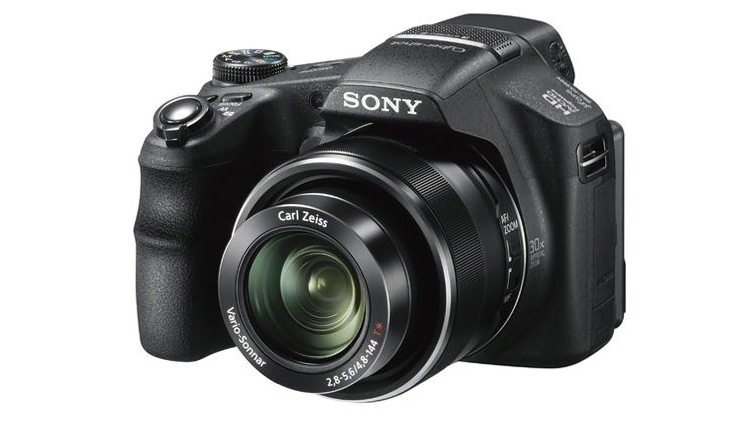Why you can trust TechRadar
We packed the Sony HX200V with us on a trip to the zoo, where the camera's generous lens reach really paid dividends in being able to pull animals hiding at the back of their enclosures up close and personal in our frame.
We can envisage the HX200V as a great holiday camera option for those who don't want to have to lug a set of lenses around with them. And of course even if they did, they still wouldn't come close to achieving the lens reach possible here from such relatively compact proportions.
For general use, and with the exception of our reservations about the jog dial already noted, the Sony HX200V is as fast and responsive as you'd expect a mid to top-end superzoom to be.
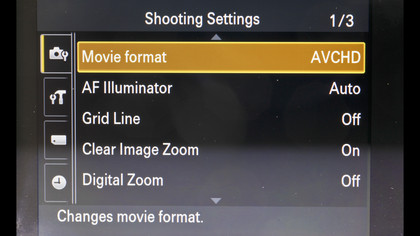
The camera powers up in two seconds, so slightly slower than a DSLR proper but perfectly acceptable for a compact camera.
As expected, the camera's lens extends slightly proud of its protective housing to arrive at maximum wide-angle setting while the rear LCD bursts into life.
Manually adjusting the zoom, we found, enables more precise control than using the zoom lever surrounding the shutter release button.
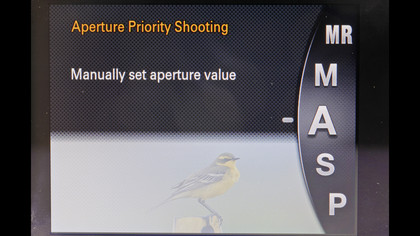
A press of the 'focus' button that sits just behind the shutter release provides an enlarged close up for easier focusing if you have switched to manual focus.
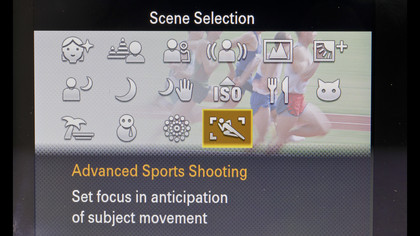
Generally the Sony Cyber-Shot DSC HX200V comes across as helpful no matter what the level of your experience. If you just want to point and shoot, then you can; if you want to get more hands on and exert user control, then the camera will - mostly - simplify the route to you being able to do so.
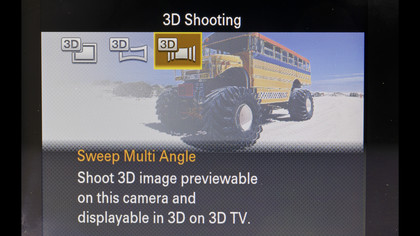
This deftly designed Cyber-Shot also determines focus and exposure pretty much the instant that you find the halfway point on the shutter release button - a timing quoted by Sony as 0.13 seconds, which doesn't make it the world's fastest, but is plenty swift enough.
As you'd expect, tracking focus is on board as a standard feature to keep the subject sharp even when it's on the move - another beneficial feature for our zoo animal images.
Although we noticed some fall off in focus towards the corners of the frame when shooting at maximum wide-angle, and some leaning verticals when doing the same, these were subtle issues at best.
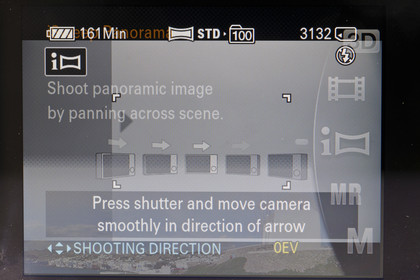
What was more impressive were the results achievable shooting handheld at maximum zoom. On most superzoom rivals we've needed to take two or three shots of the same subject to arrive at one that wasn't soft. Here, again with the caveat 'mostly' - the HX200V produced a sharp image first time.
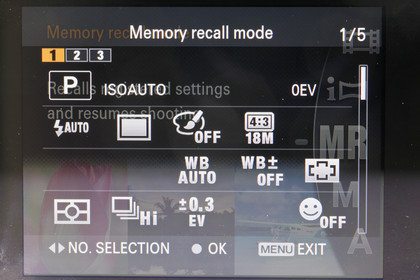
For low light shots, and viewing with the naked eye, we didn't encounter pronounced image softening or noise until ISO 3200. And above this, while we are losing edge detail and also getting a more washed out appearance, at a push you can actually use the top whack ISO 12800 setting. So it's not just there to artificially boost the spec, then...
Current page: Performance
Prev Page Build quality and handling Next Page Image quality and resolution
When not wrestling wild bears or leaping tall buildings in a single bound, Gavin Stoker can be found editing British Photographic Industry News, the UK's longest running and only photo trade title. He has over 25 years of camera testing and reviewing under his belt.
